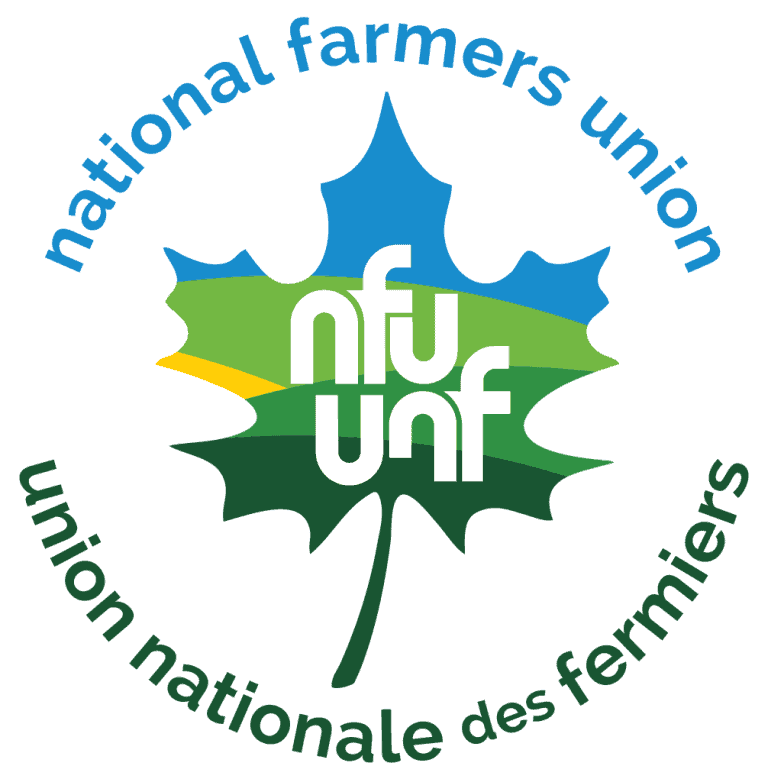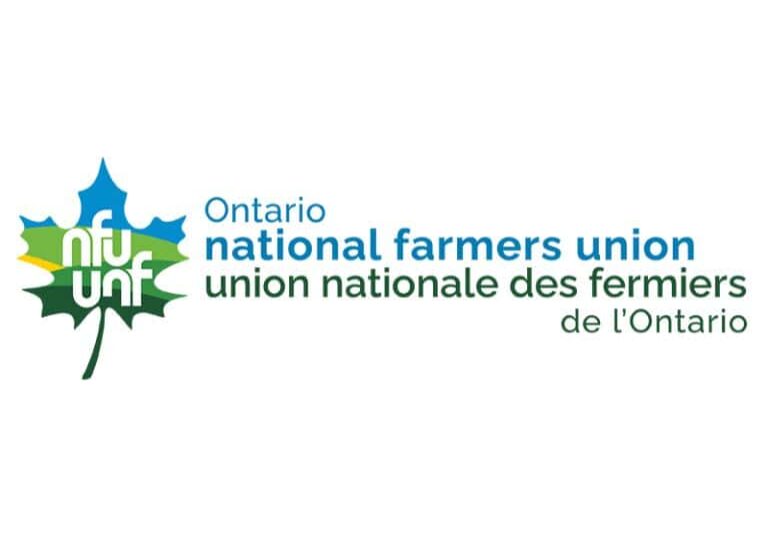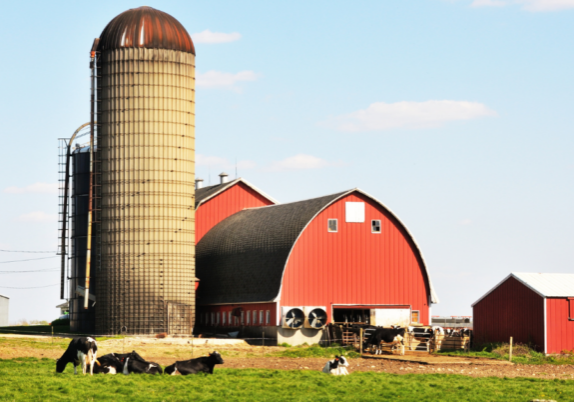Recommendations to the Ontario Chicken Industry Consultation on Allocating Future Growth

Background
The National Farmers Union – Ontario (NFU-O) is a strong supporter of supply management and orderly marketing, and it applauds the Chicken Farmers of Ontario for committing to public and stakeholder consultations on allocating future growth.
NFU members were instrumental in the development of our orderly marketing systems, including supply management, and the NFU-O continues to strongly support supply management. As well as traditional quota holders, a significant number of NFU-O members have diversified farm operations and raise meat birds in a manner and for markets different from that of the conventional chicken farmers. Pastured poultry, organic or large finished birds over six pounds are desired by some Ontarians, and many small or beginning farmers have seized upon these niche markets to maintain the viability of their farms.
Previously, our members from diversified farms expressed frustration that under the present CFO rules they are unable to meet the increasing demand from their customers for niche and direct-to-consumer chicken. Frustrated farmers and consumers are increasingly laying the blame for their inability to sell or purchase local chicken, or chicken raised under specific production systems, on supply management as a whole and specifically on CFO.
The NFU-O is concerned about the negative attention this issue brings to supply management. As a grassroots organization, we are committed to addressing concerns raised by our members. We view supply management and direct-to-consumer sales of farm produce, including chicken, as mechanisms that can support viable and stable family farms.
By working together as farmers to create and improve opportunities for more small-scale chicken production, the NFU believes:
- we can increase the consumption of Ontario raised chicken,
- we can build support for supply management among farmers and consumers in a cooperative manner rather than through confrontation and
- we can ensure that a broad cross-section of chicken farmers are able to thrive.
Recommendations on allocating future growth
Traditional, commercial quota holders (14,000+ units of quota)
- Increase the number of entrants accepted and amount of quota allocated to the New Entrant program
- Give beginning and small farmers the first priority in allocation of quota
Small flock non-exempt (between 300 birds and 14,000 units of quota) - Increase access to a system for producers with alternative methods of production, i.e. pastured or rare breeds
- Suggestion 1: Implement a system similar to the specialty breed programs. Current small flock quota holders would then be able to either sell their quota and participate in the specialty breed program or retain their quota and receive quota increases at the same rate as mainstream quota holders.
- Suggestion 2: Increase access to and amounts of small flock quota with a transparent system for allocating small flock quota that takes into consideration the shortened growing season for pastured birds.
- Suggestion 3: Remove the requirement for minimum quota purchases. This suggestion has the advantage of being the easiest to administer and also has historical precedence, as there was no minimum in the early 2000’s. Here as well, quota increases should be given at the same rate for all quota holders.
- Develop a system for Northern producers who have larger costs of production and larger geographic areas to cover to bring their birds to markets
- Suggestion 1: Increase the exemption limit for producers who raise chickens within specific regions of Northern Ontario
- Suggestion 2: Discount quota for growers in specific regions of Northern Ontario. Because of the geography, the shorter growing season, and higher cost of fuel, the additional cost of purchasing quota makes chicken farming cost-prohibitive for northern producers with these additional expenses.
Small flock exempt (300 birds or less)
- Allow small flock growers to bring chicken directly to their customers via delivery and by selling chicken at their own farm stalls at farmers’ markets
- Allow small flock growers to advertise their chicken
- Increase the exemption to 1,000 birds
Benefits of the above changes
- Increased demand for chicken with all types of production methods, as consumers are able to source local Ontario chicken in a wider number of venues.
- Production is decentralized, which mitigates biosecurity risks and allows for greater resiliency in the industry.
- Chicken farms at all scales are financially viable.
- The next generation of chicken farmers of all sizes is able to participate in the
supply management system and access appropriate markets. - Small flock operations are more likely to employ a diverse range of poultry
genetics thus acting as an important reservoir for the benefit of all. - Increased job production for Class B processors as well as economic growth in
rural communities.
Additionally, the NFU-O would like to recommend a Small Flock Committee be developed. This would facilitate communication between small producers and the CFO and would make small flock producers feel a part of the system and avoid some of the confrontational experiences of the past. It would also improve upon the communication problems we have seen in the past regarding regulation updates. This would help to solve the perception that small flock producers are controlled by CFO, without being able to provide any input. It is our belief that a Small Flock Committee could help everyone to better understand the issues from all points of view.








